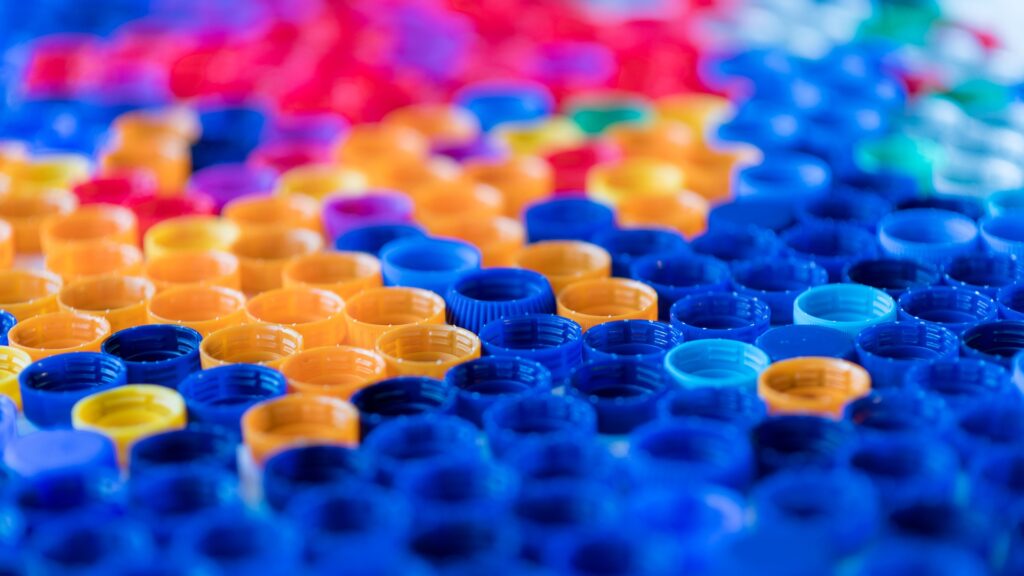The researchers who made the improved version of the plastic-eating PETase enzyme have now developed a new ‘cocktail’ that can break down plastic much faster.

Half of the cocktail is made up of the previous enzyme, PETase. The other ingredient, MHETase, is an enzyme found in the same strain of bacteria from which PETase was isolated. Together, they can break down plastic six times faster than alone, the team explains.
The findings can help pave the way towards improved plastic recycling methods, the team explains, which would slash plastic pollution as well as the emissions from plastic production.
Plastic-B-gone
“It took a great deal of work on both sides of the Atlantic, but it was worth the effort—we were delighted to see that our new chimeric enzyme is up to three times faster than the naturally evolved separate enzymes, opening new avenues for further improvements.”
Arguably the best place to find plastic-consuming compounds is in colonies of bacteria living on a diet of plastic bottles. But it turns out that it’s also the best place to find such a compound again.
The team isolated MHETase from the same strain of bacteria that produced PETase. Put together, the two are much more efficient at clearing out plastics than apart.
PETase decomposes polyethylene terephthalate (PET), a very common plastic used among other things for bottles, into its chemical components. This opens up the way — at least in theory — to infinitely-recyclable plastics.
Plastic is so useful because, on a chemical level, it is incredibly stable. The other side of the coin is that this makes it virtually indestructible by biological activity and other natural processes in any meaningful timescale (it takes several hundreds of years for it to break down in the environment). It also makes plastic hard to reuse over multiple cycles, as the process of breaking and reforming its chemical bonds has a noticeable effect on its physical properties.
After PETase was first isolated, the team worked to engineer it in the lab to make it more effective. By the end, they made it around 20% faster in breaking down PET.
MHETase, they explain, works as the teammate of PETase in the wild. Put together, they’re twice as fast in breaking down PET. After tweaking it in the lab, the team improved the effectiveness of this cocktail threefold — meaning that it breaks down plastic six times faster than PETase alone. What the team did in the lab is to essentially link the two molecules together chemically, instead of having them as separate solutions. Because of this link, PETase always has a MHETase molecule on hand to boost its speed.
“Our first experiments showed that they did indeed work better together, so we decided to try to physically link them, like two Pac-men joined by a piece of string,” says Professor John McGeehan, Director of the Centre for Enzyme Innovation (CEI) at the University of Portsmouth.
The resulting MHETase-PETase molecule breaks down plastic to its constituent parts, allowing for it to be recycled endlessly. The team hopes that the findings can help decrease reliance on crude oil or natural gas for raw materials and that they will help lower the emissions and pollution caused by plastic production.
The work, however, isn’t done. The authors used the Diamond Light Source in Oxfordshire, the UK’s largest synchrotron, to study the atomic structure of MHETase-PETase. Armed with its 3D structure, they are now working on designing a synthetic molecule that would perform the same task but faster and more efficiently. If successful, we might be able to engineer bacteria, or design completely synthetic ones, to produce plastic-destroying enzymes to clean out landfills and the ocean.
The paper “Characterization and engineering of a two-enzyme system for plastics depolymerization,” has been published in the journal PNAS.
Was this helpful?



